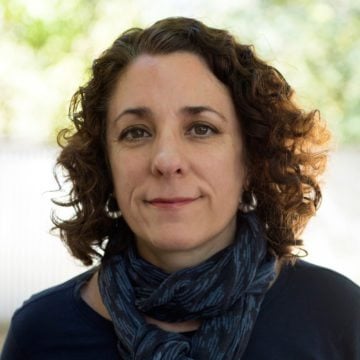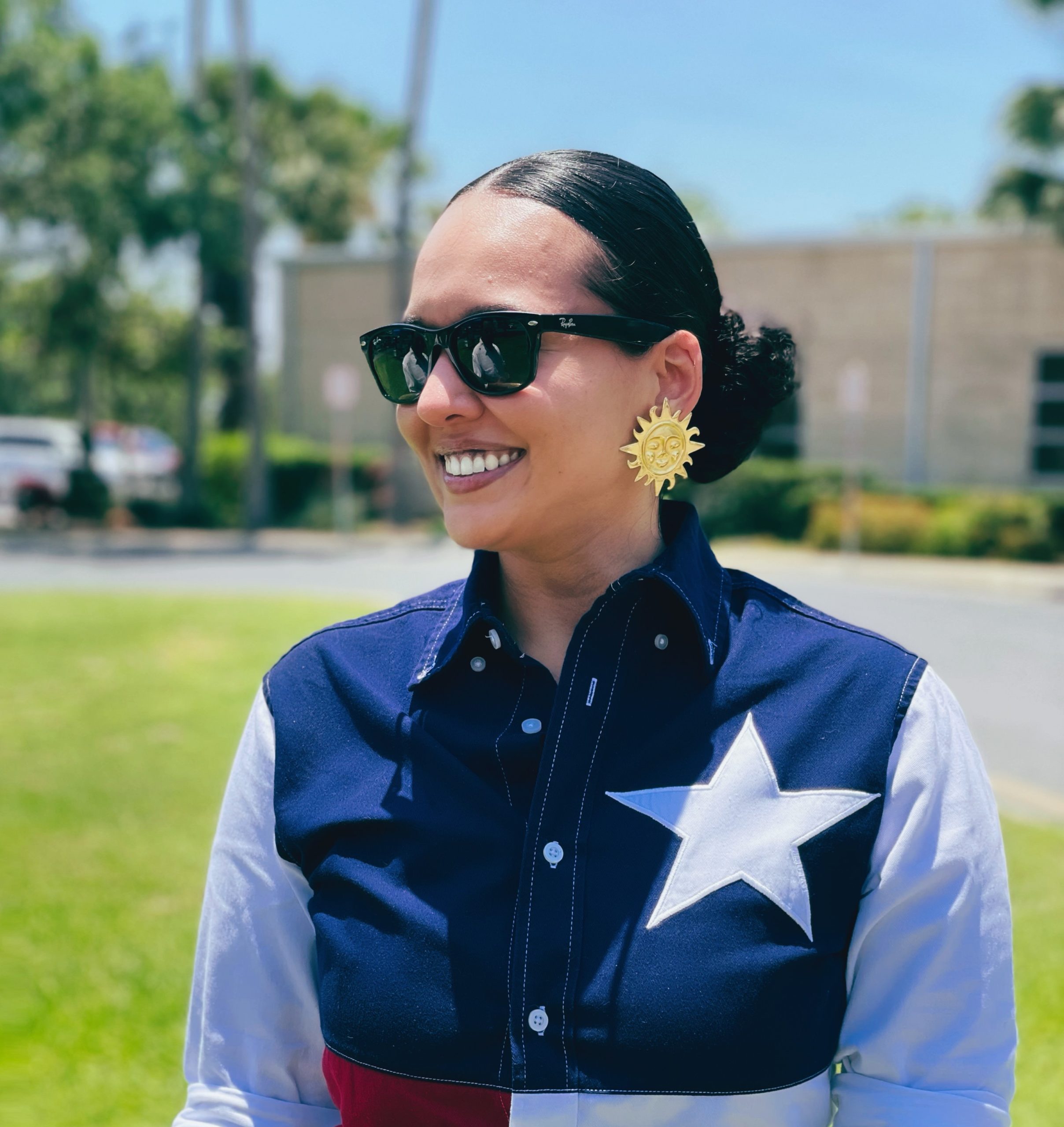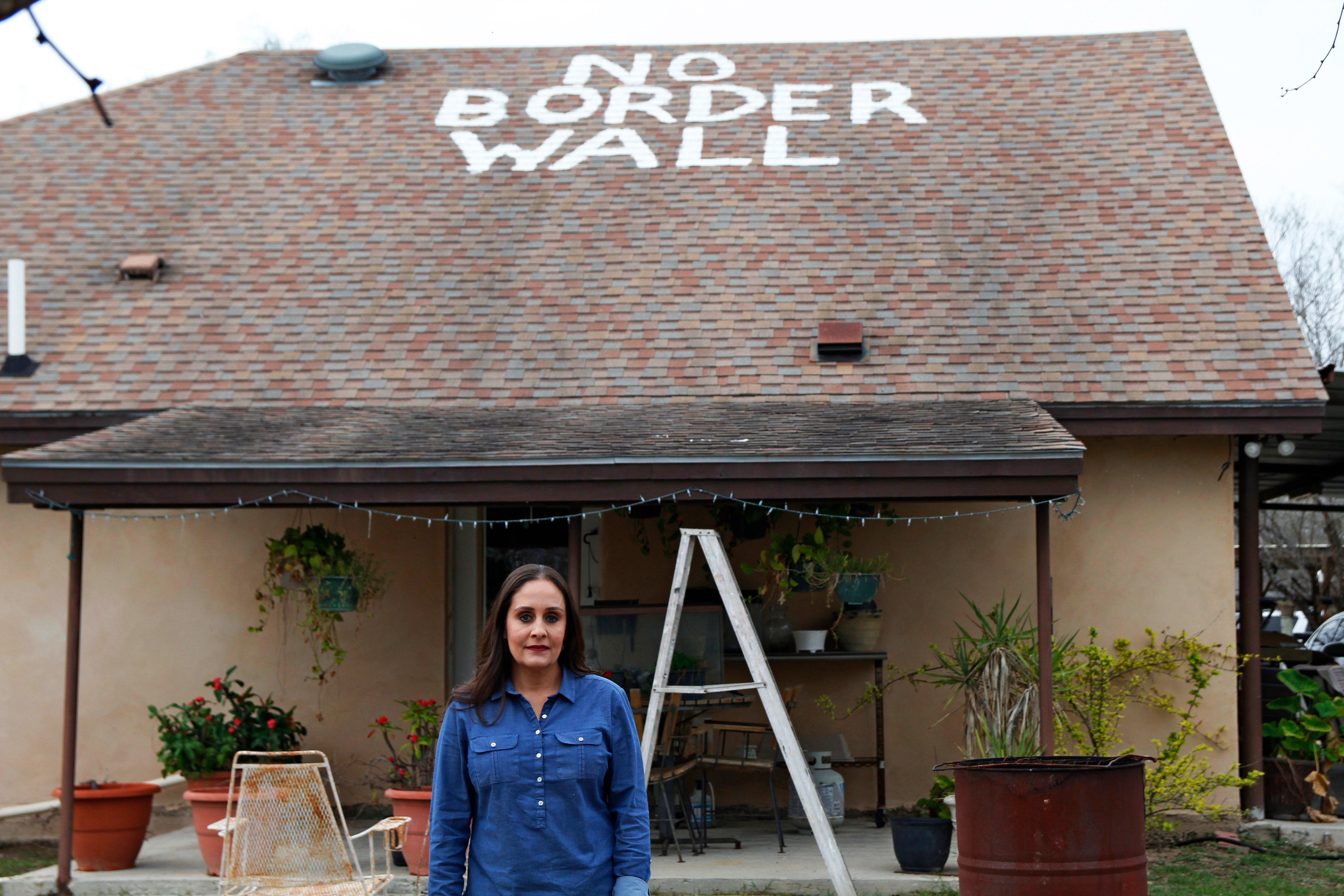On a Tuesday afternoon in late September, Eli Fernandez waits as the men, women and children from Central America file out of a white bus with barred windows at McAllen’s Central Station. He ushers the nervous and exhausted families toward the curb, asking them to line up so they can make an orderly entrance into the bus terminal. He’s often the first American they encounter who isn’t wearing a uniform.
Inside, the families will pick up bus tickets to reunite with relatives in various cities across the United States. Then Fernandez, project manager for Catholic Charities of the Rio Grande Valley’s (CCRGV) Humanitarian Respite Center, will separate them into small groups and drive them in a van three blocks to the parish hall of Sacred Heart Catholic Church, where the Respite Center is located. There, they’ll get a meal and some clothes, and can take time to rest or see a doctor. Some have already traveled thousands of miles. Many were robbed in Mexico or held in safe houses until they paid a ransom.
The families still have hundreds of miles to go, but they consider themselves lucky. Because the detention facilities in Texas are full, they’ve been released with an ankle monitor and a notice to appear before an immigration judge. But their cases are far from settled. Many will have their asylum claims denied and will be sent back to the same violence they fled.
Before the Respite Center opened in June 2014, Border Patrol used to leave such families in the parking lot of the McAllen bus station; they would spend the night in the terminal, many of them hungry. But after more than two years working with these families, Fernandez has it down to a routine. On a typical day, he greets two full buses at the terminal, one in the morning and the other in the afternoon. But on some days, he said, he will receive as many as four.
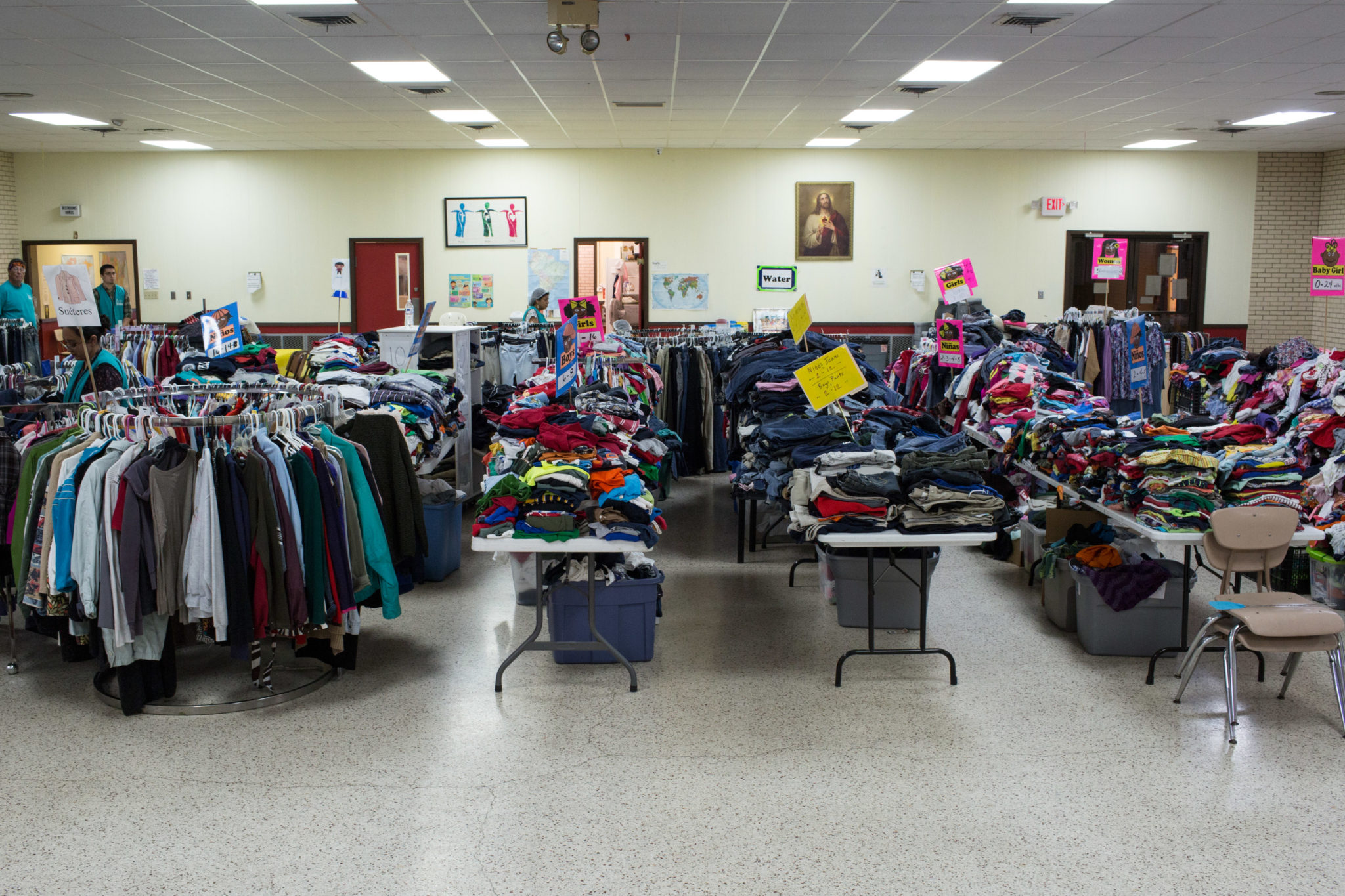
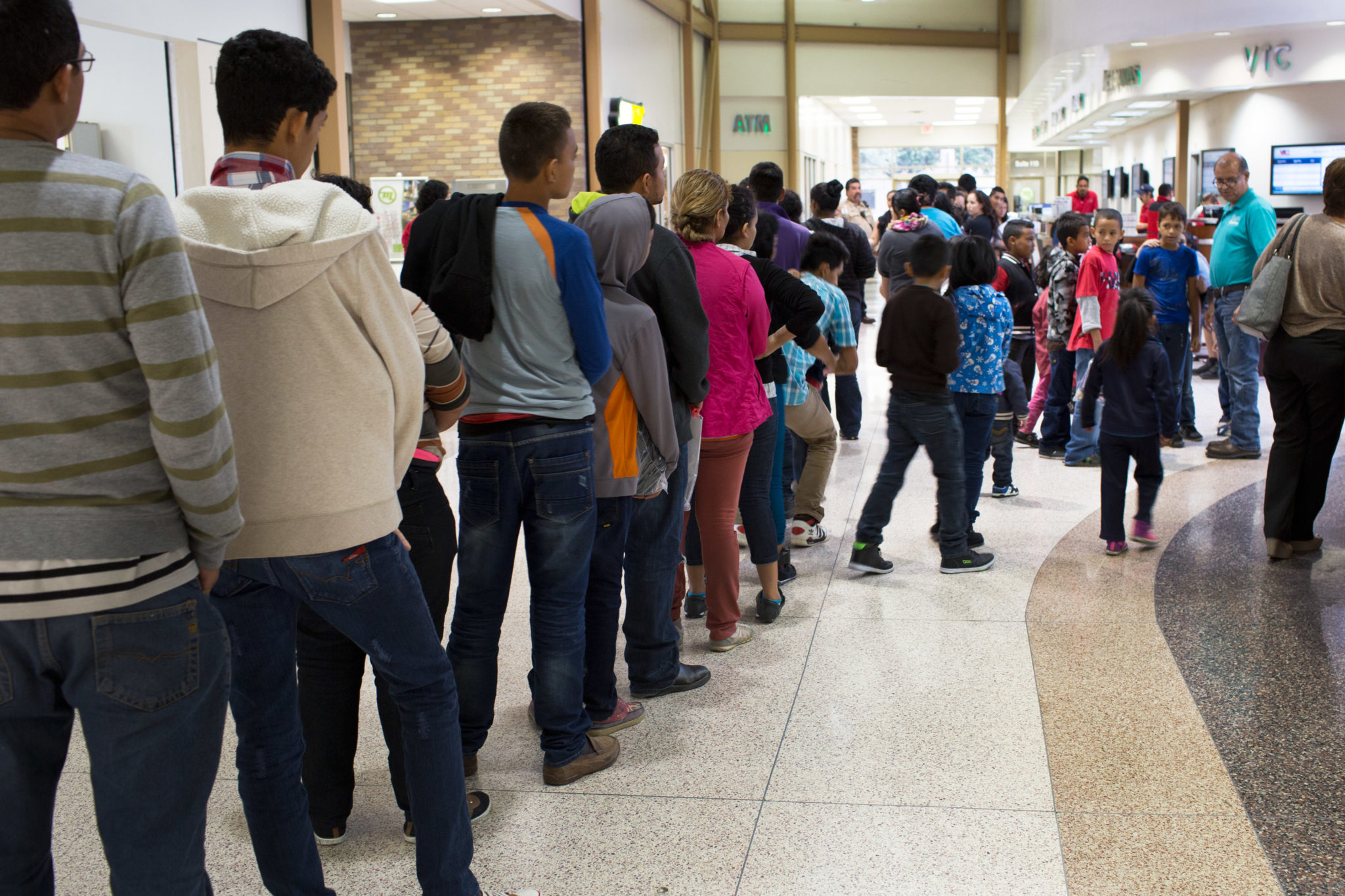
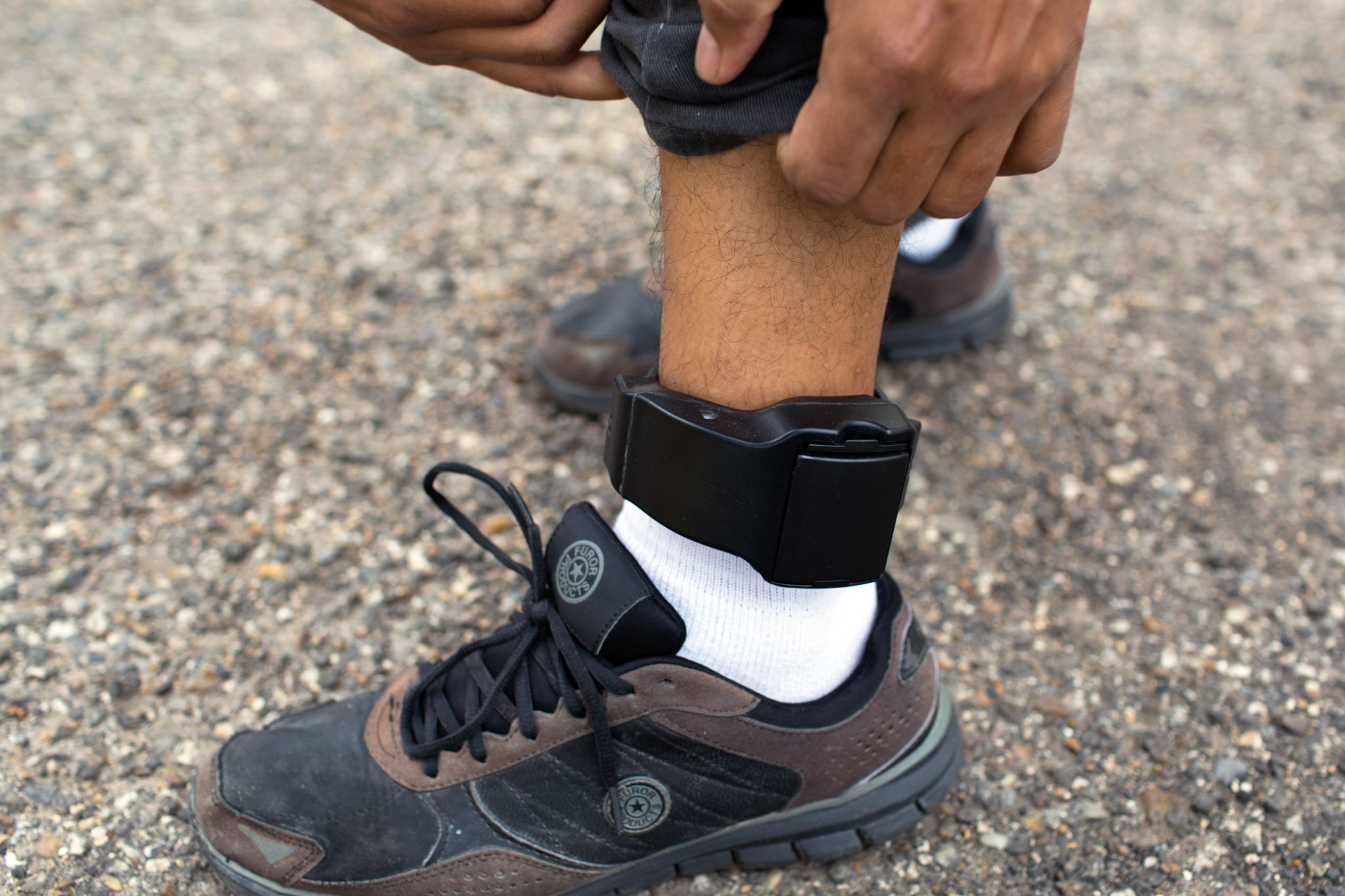
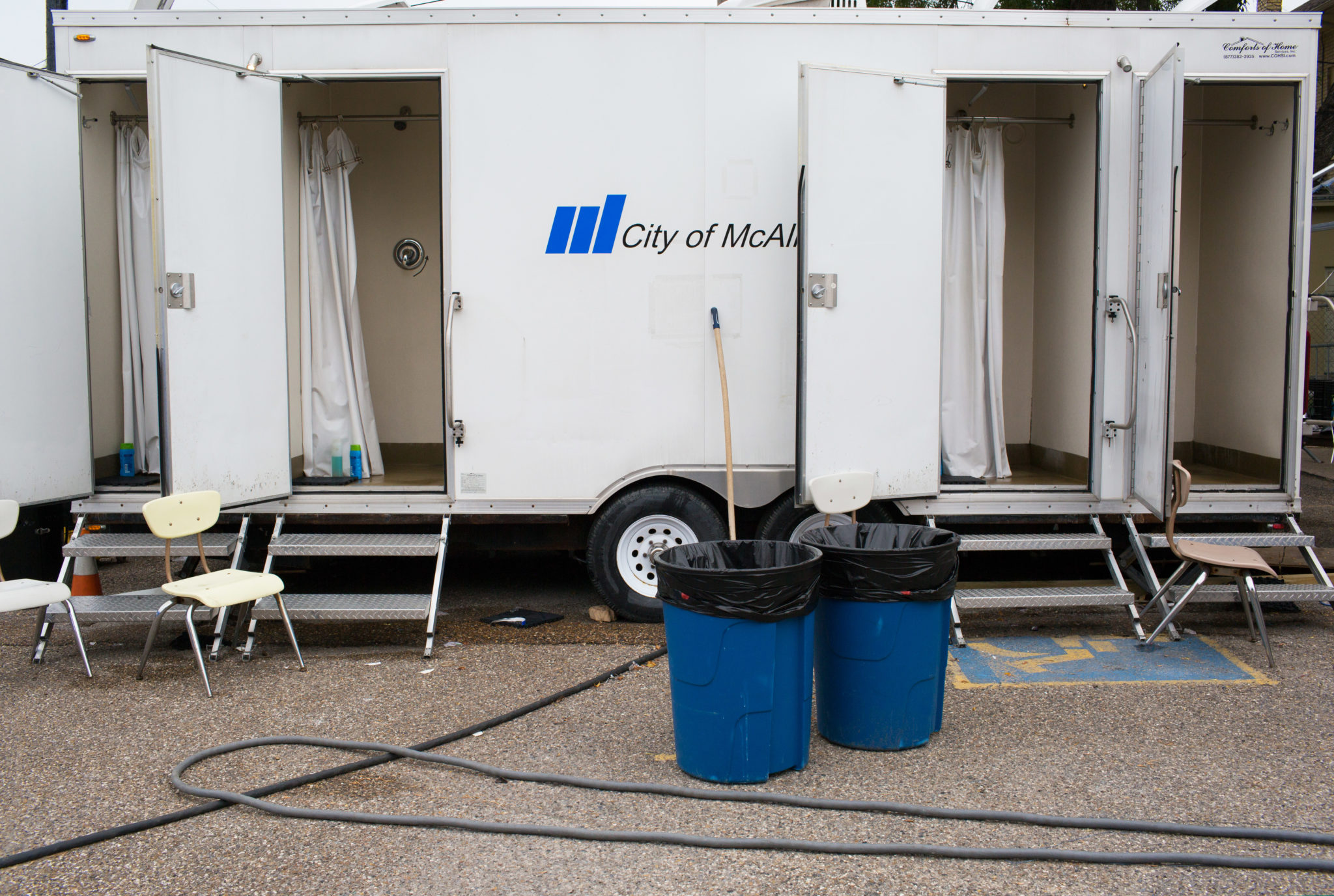
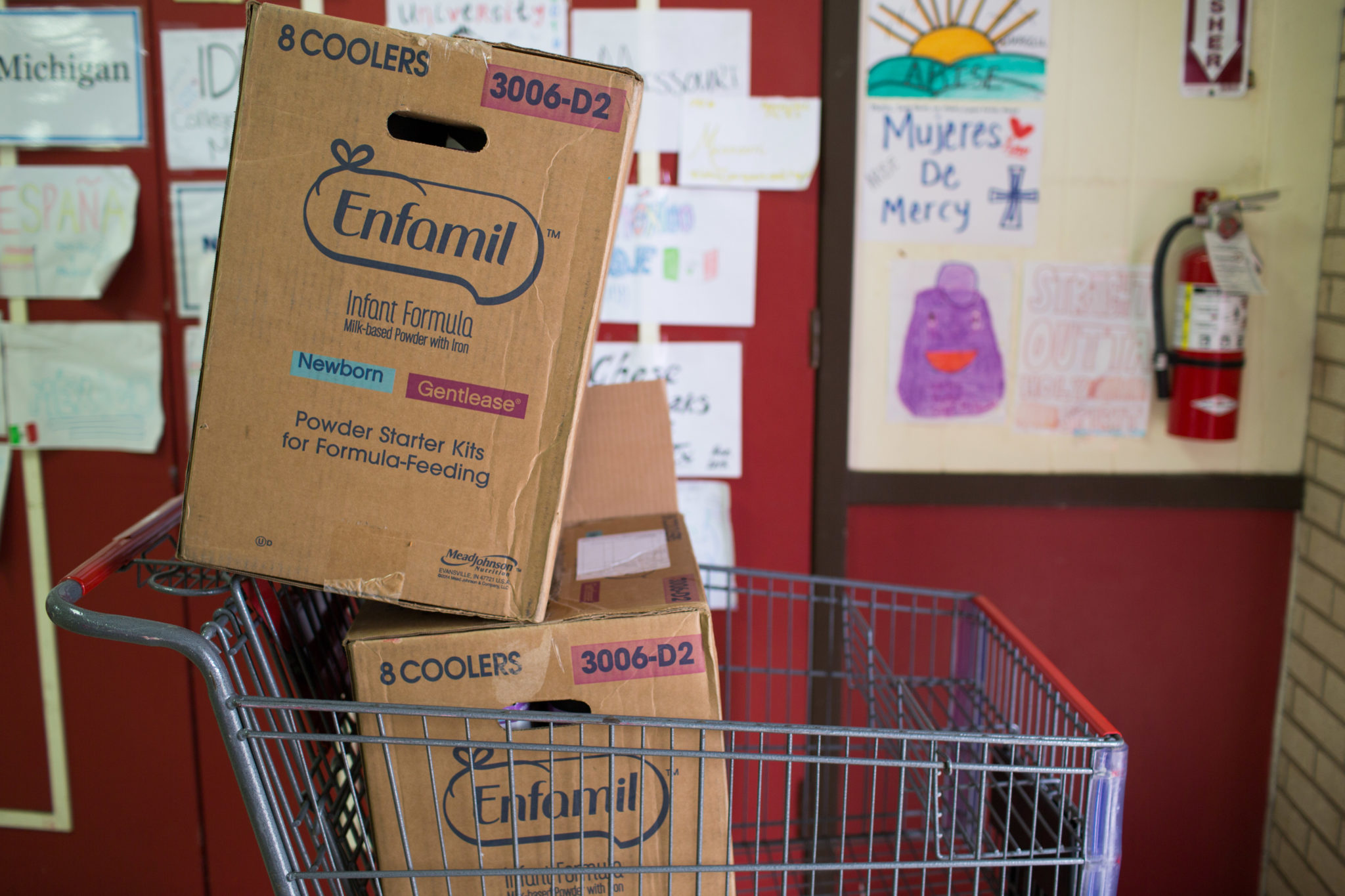
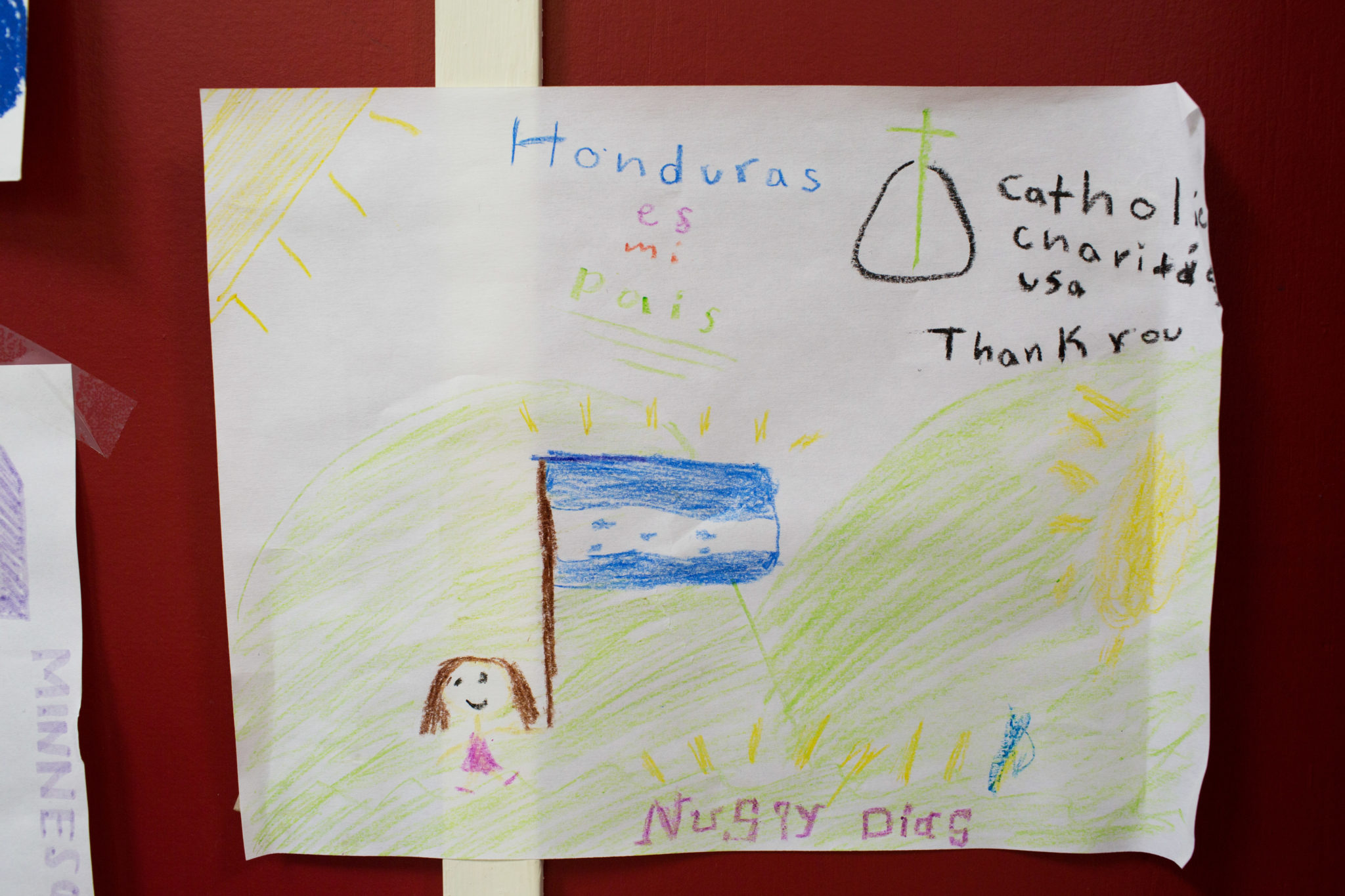
In 2014 alone, more than 137,000 families and unaccompanied minors from Central America arrived at the U.S.-Mexico border, and nearly 75 percent of them came through the Rio Grande Valley. When the number of arriving families surged in the summer of 2014, Sister Norma Pimentel, executive director of CCRGV, knew that something urgent had to be done. She approached Sacred Heart which is near the bus terminal, and asked if her group could open an emergency shelter there for the arriving families. (Unaccompanied minors are sent to nonprofit facilities overseen by the federal Office of Refugee Resettlement.) Since then, the Respite Center has received more than 47,000 people.
After the surge in 2014, the number of arrivals dwindled, along with media interest. But the humanitarian crisis hasn’t subsided. This fiscal year, the number of families arriving in the Rio Grande Valley has nearly doubled from 2015. The Respite Center, which runs entirely on donations, has kept its doors open. The city of McAllen and Hidalgo County loaned CCRGV generators, portable showers and two large tents. Local residents donate clothing, shoes, food and toys, and volunteer their time. “It’s the children who really touch everyone,” Pimentel said. “When so many people are suffering, you need to help them.”
Pimentel estimates that running the center costs anywhere from $20,000 to $30,000 a month. After the 2014 surge, McAllen and Hidalgo County requested that the federal government reimburse them for $480,000 in expenses. Congress appropriated the funds through FEMA, but Governor Greg Abbott chose to use the money on border security rather than reimburse the local jurisdictions.
This year, the number of families arriving in the Rio Grande Valley has nearly doubled from 2015.
But the U.S. government has been resistant to treating the Central Americans as refugees. Doing so would put them under the 1951 Refugee Convention and other international treaties; that would mean they couldn’t be immediately detained or deported. The majority of the asylum-seekers come from three countries — El Salvador, Honduras and Guatemala — with some of the highest homicide rates in the world. In 2014, the U.S. government implemented what it called “an aggressive deterrence strategy,” placing women and children in detention and deportation proceedings to deter more from making the dangerous journey to the Texas border.
The strategy hasn’t worked.
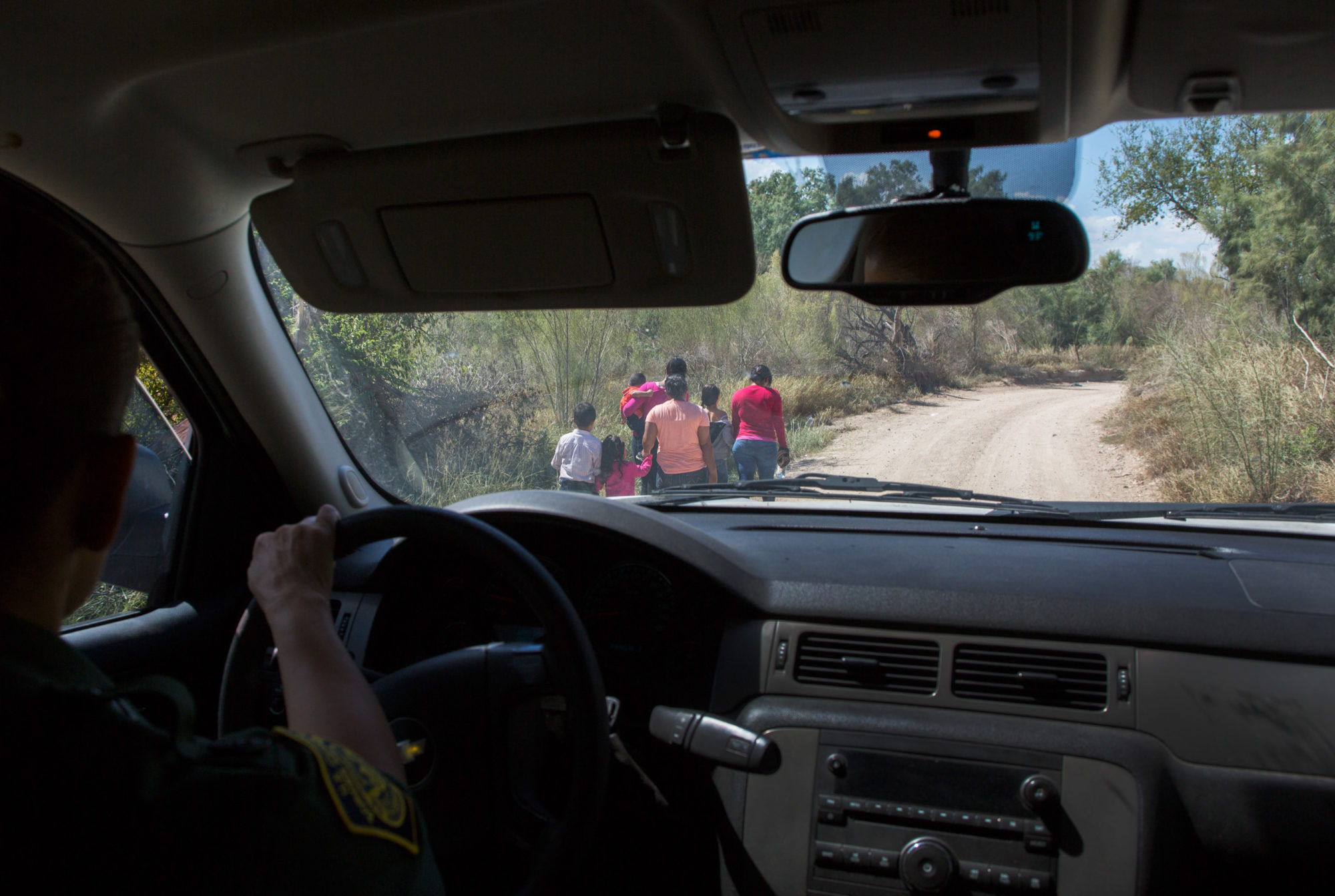
In October, I spent a day with Marlene Castro, a supervisory patrol agent with the U.S. Border Patrol, as she worked along the Rio Grande. Castro said large groups of families and unaccompanied minors are still arriving each day in the Rio Grande Valley border sector, which ranges from Brownsville to Starr County.
As we drove down dirt roads through thick brush, we encountered one family after another waiting to be picked up by Border Patrol. One 21-year-old woman named Yesenia said the journey from El Salvador had taken 18 days and her father had paid $8,000 to the smuggler. Her 5-year-old daughter, Kenia, sat exhausted by her side, with dark circles under her eyes. It was hot and humid, but the little girl wore a long-sleeved shirt and a jacket, and Yesenia wore a gray sweatshirt over her long-sleeved shirt. They were wearing everything they owned.
When I asked why she’d come, Yesenia burst into tears. “They killed my husband,” she said. By “they,” I knew she meant the gangs. I’d already spoken that day to several other Salvadoran women who were either trying to save their teenage sons and daughters from being recruited by gang members or fleeing death threats from the gangs.
We came upon a woman named Norla, 38, from Honduras, with her 11-year-old daughter, Belen. Tears rolled down Norla’s cheeks when she saw the Border Patrol SUV pull up. “We look at this more as a rescue than an apprehension,” said Castro as she got out of the SUV. Castro handed the mother and daughter a bottle of water, then called on the radio for a transport van to come and pick them up. They waited with another woman from El Salvador, her two young children and a woman from Honduras barely out of her teens holding a baby. Norla told me her ex-husband was in a gang and had threatened to kill her. So she’d sold her house for $10,000 and paid a smuggler to bring her and Belen to safety.
When I asked how the journey had been, she shook her head. “It was terrible,” she said.
“Knowing that now,” I asked, “would you still have come?”
Norla thought for a moment, then nodded yes. “I couldn’t stay another day in my country,” she said. “But they don’t tell you anything about the journey. I had no idea.”
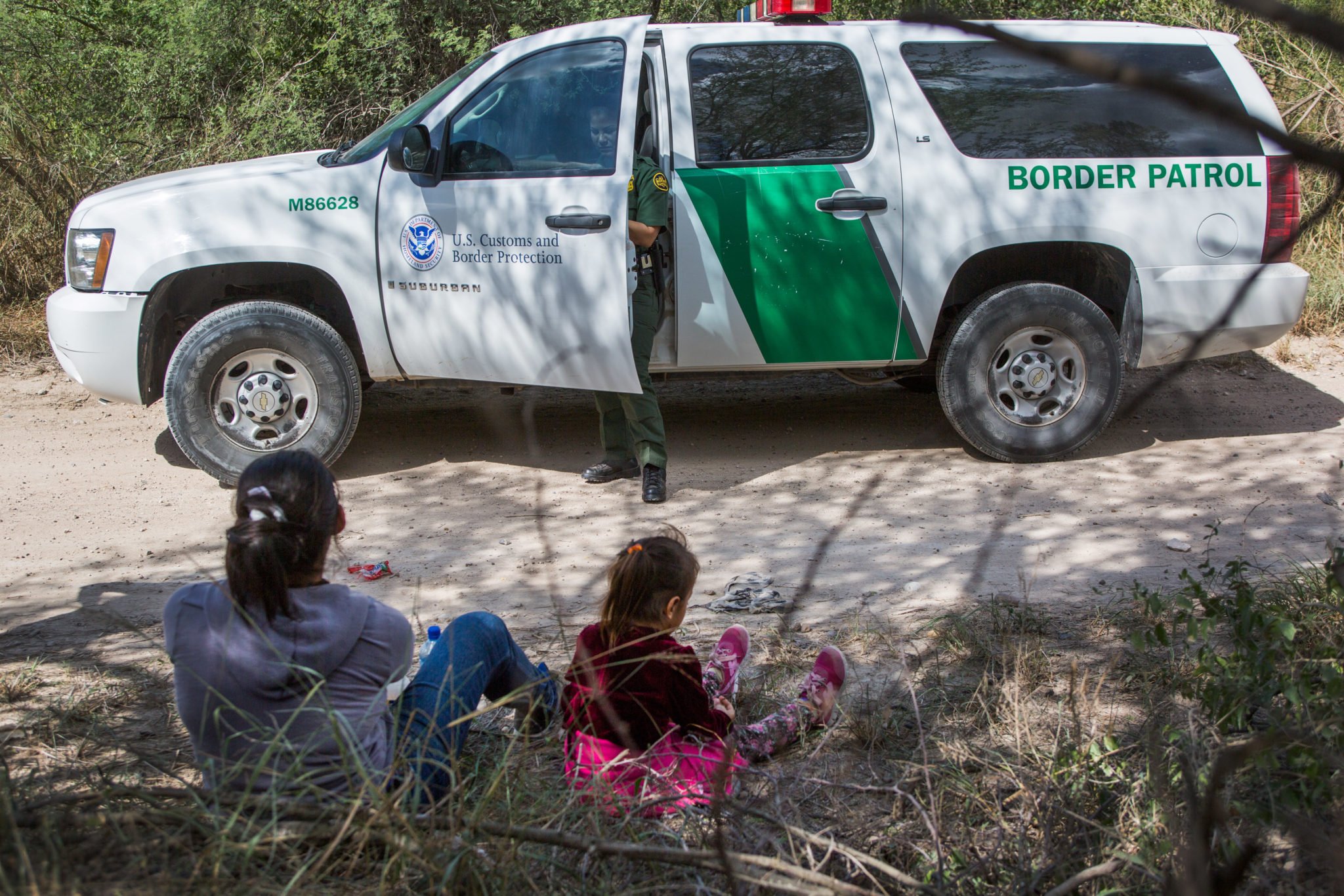
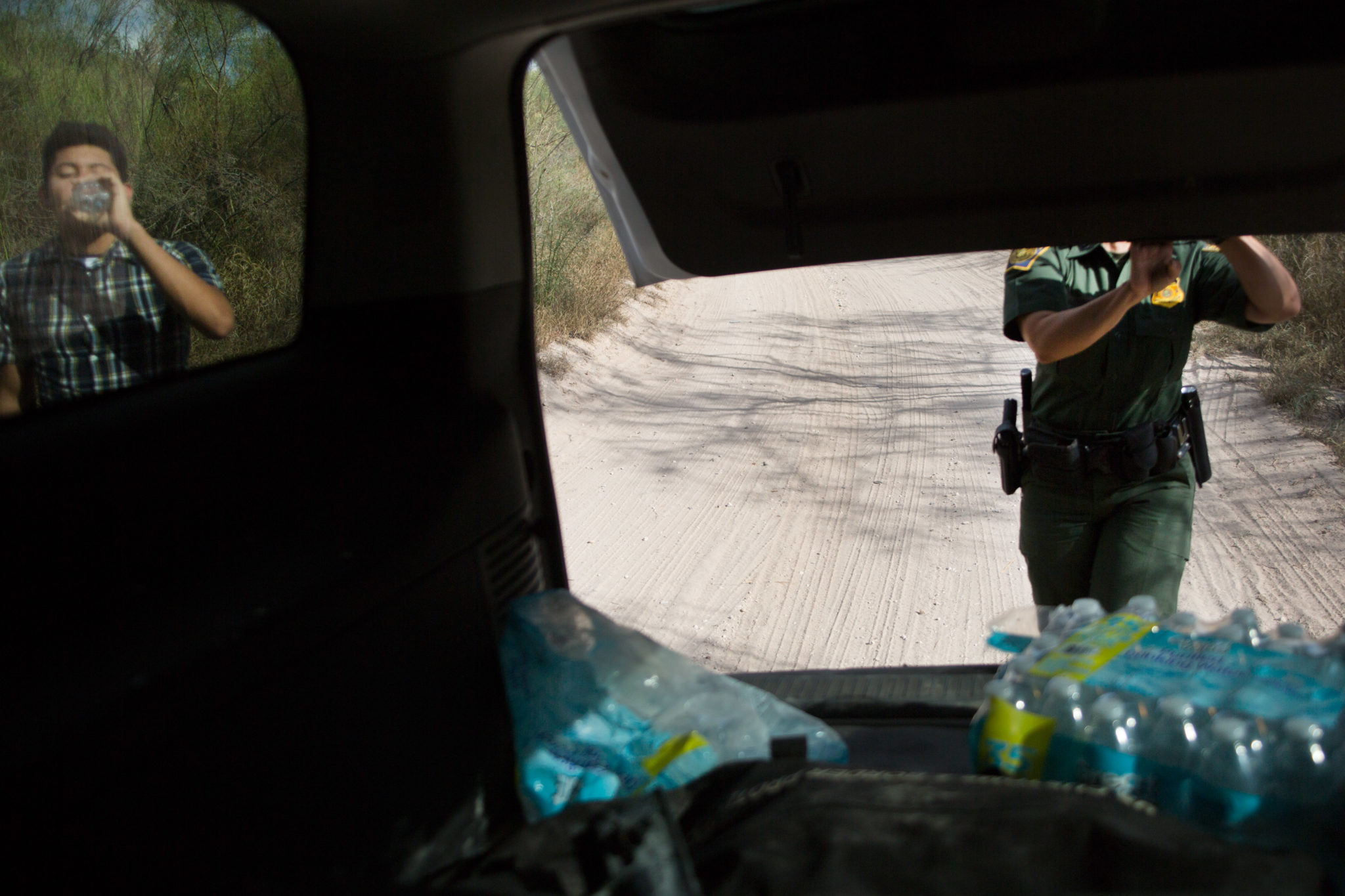
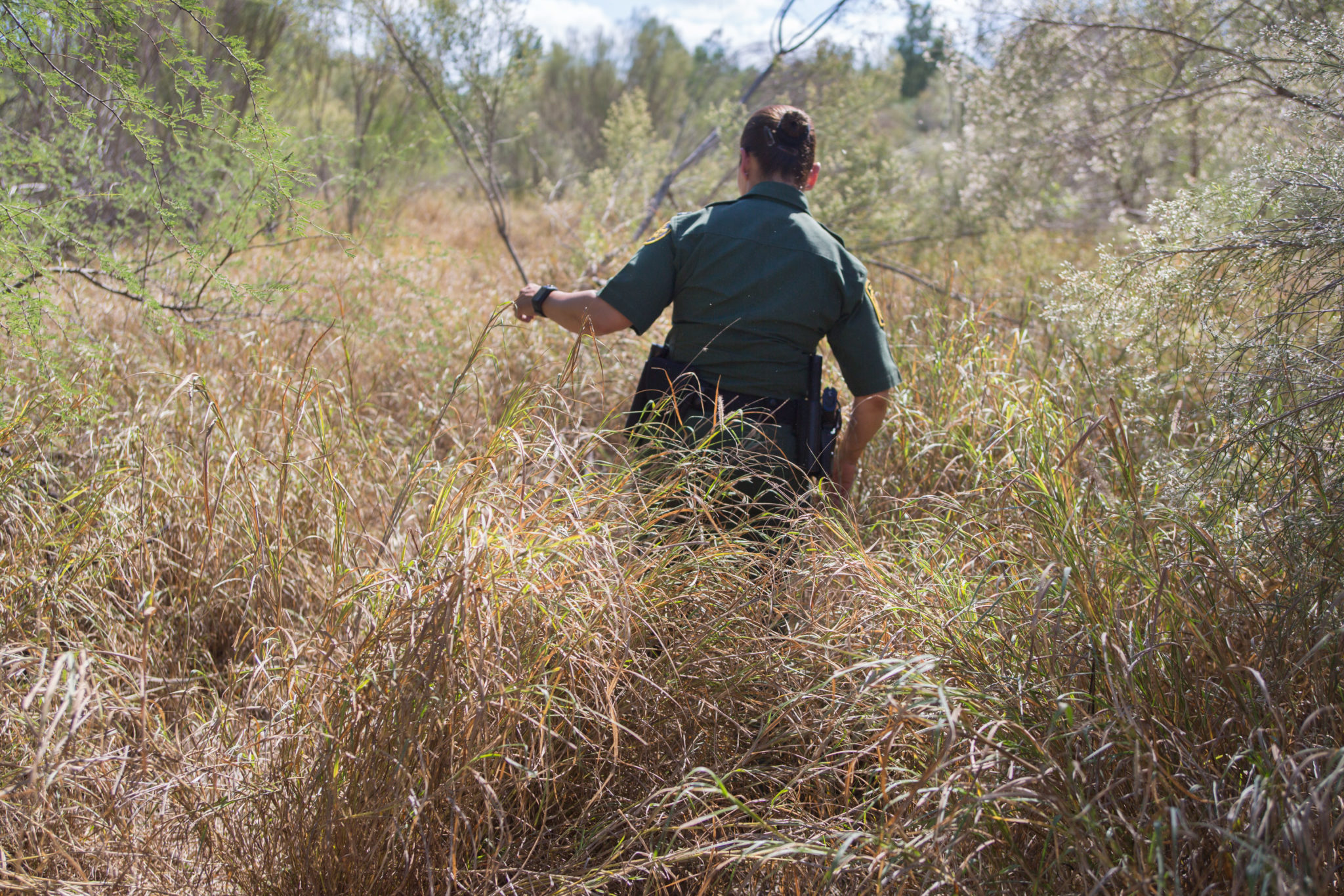
The Central Americans who arrive at the Texas border are just one part of a larger trend. Around the globe, a growing number of people are being displaced by war and poverty. The U.N.’s International Organization for Migration recently announced that one of every seven people worldwide is either a refugee or a migrant — an unprecedented shift that the U.N. called the “mega-trend of the 21st century.” (Though the terms are often used interchangeably, they are distinct under the law: A refugee is forced to flee because of war or persecution, while a migrant chooses to leave in search of economic opportunity.)
Many leaders have responded with anti-immigrant rhetoric and pledges to build more walls to keep refugees out. Recently, Governor Greg Abbott announced that Texas would pull out of refugee services altogether, leaving nonprofits to fill the void. Across the globe, 65 border walls, including one in Texas, are either under construction or already finished; there were just 16 when the Berlin Wall was dismantled a quarter of a century ago.
In September, the United States and the U.N. held side-by-side summits in New York to address the global migration crisis, much of it stemming from Syria, Afghanistan and Somalia.
At the U.S.-sponsored Leaders’ Summit on Refugees, President Obama rallied world leaders to pledge more funding for resettlement and to accept greater numbers of refugees in their own countries. “I believe this summit must be the beginning of a new global movement where everybody does more,” he told the assembled leaders. “This crisis is a test of our common humanity — whether we give in to suspicion and fear and build walls, or whether we see ourselves in another.”
When I asked why she’d come, Yesenia burst into tears. “They killed my husband,” she said.
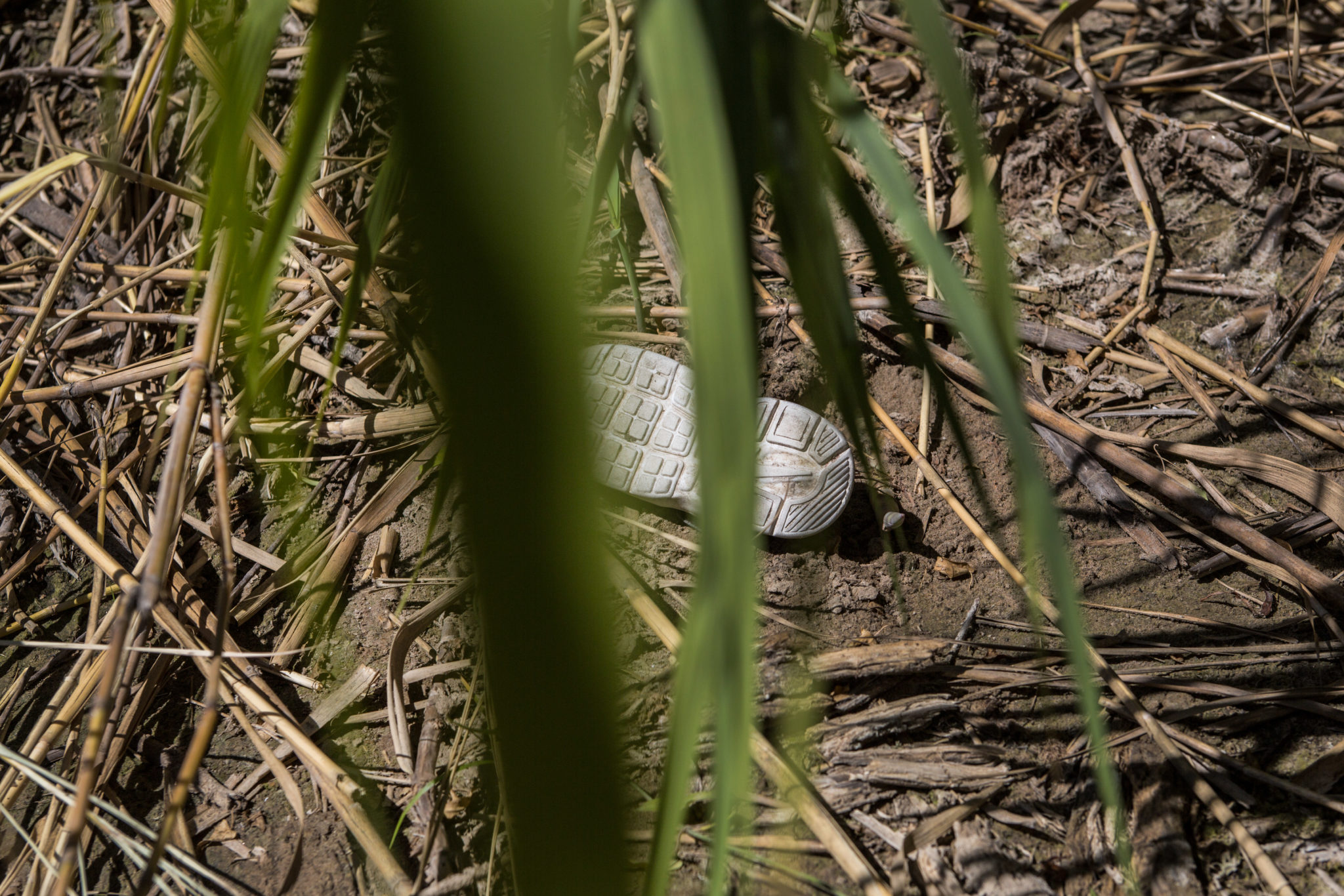
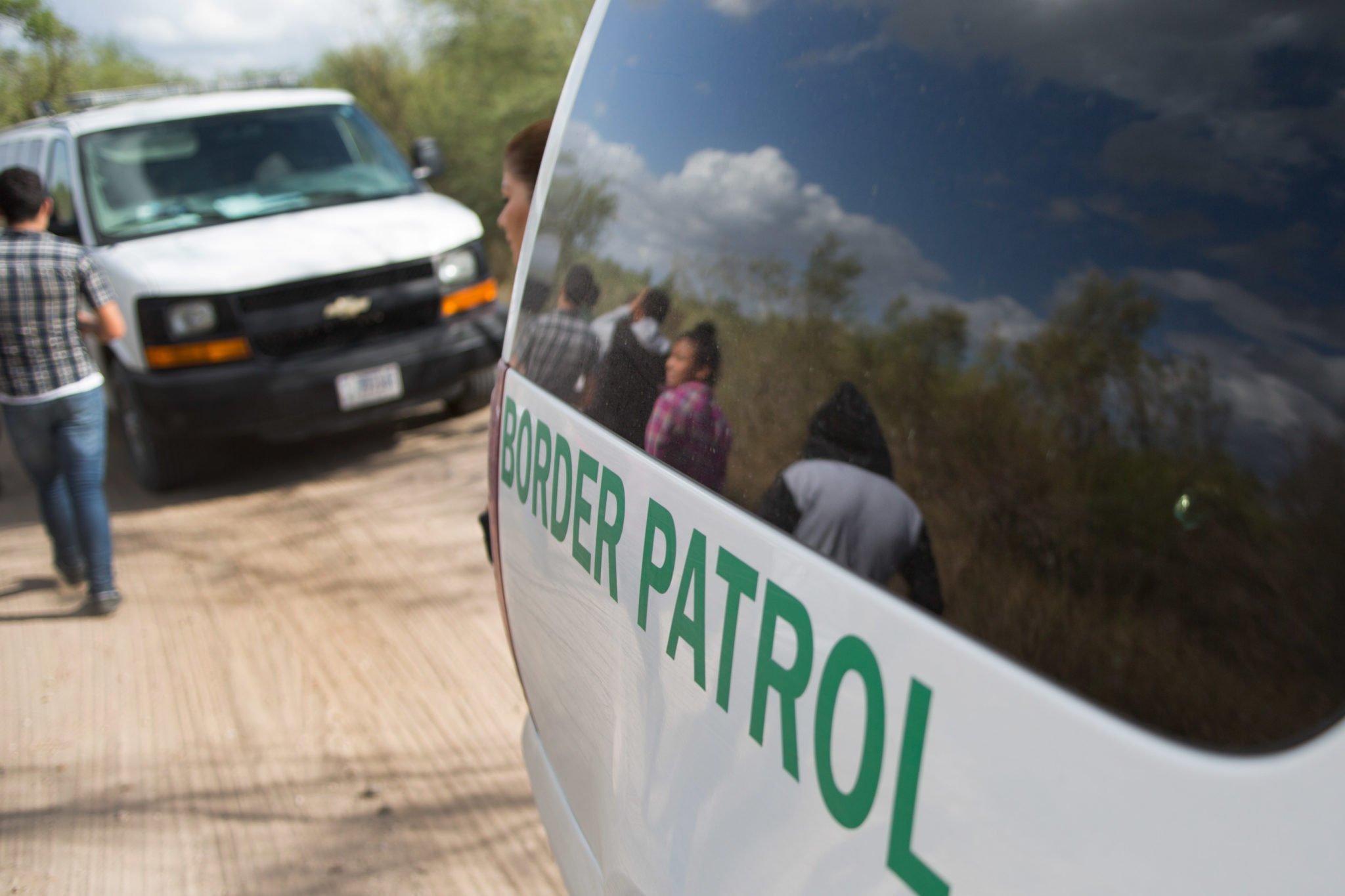
Another sign of potential change is a new program announced in July by the U.S. Department of State in which Costa Rica has agreed to host Central American refugees applying for political asylum in the United States. Refugees from El Salvador, Honduras and Guatemala will be allowed to stay in Costa Rica for up to six months while they are considered for asylum.
Instead of risking the dangerous journey north, and enriching smugglers and organized crime along the way, Central Americans will be vetted abroad and allowed to legally enter the United States.
Every Central American I spoke with mentioned one particularly treacherous place on their way to the Texas border — the city of Villahermosa in the Mexican state of Tabasco, northwest of the border with Guatemala. It was there, the refugees said, that they were held in safe houses by masked gunmen, and robbed and extorted for more money, which they had to collect from friends and relatives in the United States.
Some were held for weeks before they could pay. Others were not even that lucky. One woman started to cry when she mentioned the safe house where she was held until her relatives sold everything to pay the ransom. “I don’t want to think about those families who couldn’t pay — what they did to them,” her voice trailed off.
The new program in Costa Rica has the potential to save lives. “It’s a public acknowledgement that there is a place the families can go for safety and security,” Brané said. “It is a good first step. But it needs to be vastly expanded.”
For one thing, the United States will process only 200 people at a time. Plus, Brané suspects it could take longer than six months for refugees to be fully vetted, and there are tens of thousands of them fleeing Central America every year. “Two hundred slots is totally insufficient,” she said. “It’s not nearly enough.”
With climate change, growing income inequality and dwindling natural resources, the number of refugees and migrants is only expected to increase. What to do with so many people on the move will require a global solution. At the U.N. summit in New York, the 193 countries that convened agreed that nations, especially wealthier ones, need to protect refugees and migrants. Leaders were also reminded that international treaties prohibit them from sending refugees back to their home countries if they fear persecution. The document they drafted on a global compact to protect refugees and migrants is a starting point; the U.N. summit attendees have the goal of finalizing an agreement by 2018 to more equitably “share the burden and responsibility for hosting and supporting the world’s refugees.”
In the meantime, nonprofits such as Catholic Charities do the best they can. On the day I visited, 37-year-old Manuel and his two teenage sons arrived exhausted from their journey. Outside one of the tents, in which his youngest son, Christian, is resting, Manuel sweeps leaves into a dustpan. He’s grateful, he says, for the food and the kindness that’s been shown toward him and his sons. He wants to volunteer whatever help he can in the short time he is there. When I ask about his journey, he puts down his broom and calls for his 15-year-old son, Carlos. They fled San Salvador because the gangs tried to recruit his sons, Manuel says. When his boys refused, they knew the whole family could be killed in retaliation. It had happened to others in the neighborhood.
“My boys are good boys,” Manuel says, hugging Carlos. “I couldn’t let the gangs take them. At home there was no future for us. Now, at least we have hope.”
